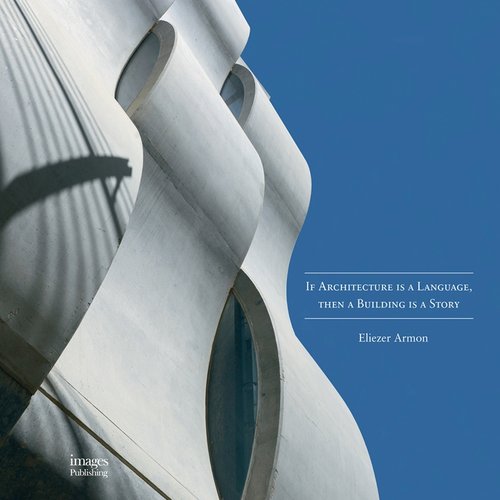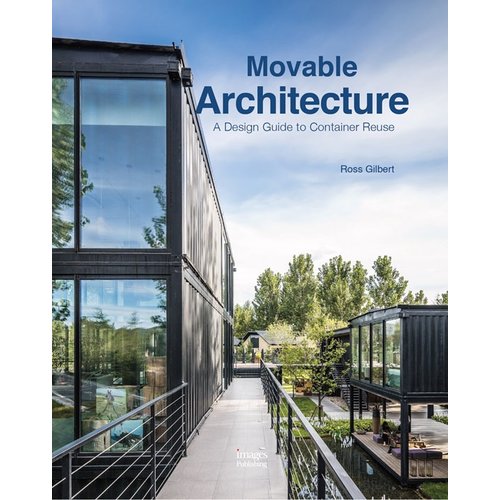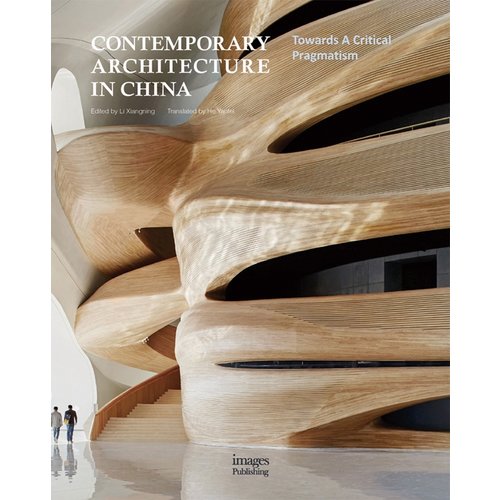In 2002, Apple Inc. opened its first non-mall retail store, in an old post office in New York’s SoHo neighborhood. The late Herbert Muschamp, the New York Times’ architecture critic, called the store’s design “fairly bland,” but certain Modernist-inspired elements stood out: white walls, metal trim, Lucite display tables, and slate floors. “This vocabulary,” Muschamp wrote, “shifts Apple from the realm of wow-zowie computer graphics and elevates the company’s wares to the level of Bauhaus archetypes. Marcel Breuer, meet Steve Jobs.”
Jobs, who died on October 5 at the age of 56, was no Bauhaus-trained designer, but he had an intuitive sense of the way people respond to good architecture, says Karl Backus, a principal in the San Francisco office of Bohlin Cywinski Jackson, which has designed nearly all of Apple’s 350-plus stores (including the one in SoHo). “Steve knew that the best architecture comes from solving design problems in a very simple and straightforward way,” Backus says. “He was quite knowledgeable about architecture and design, and he would ask very pointed questions: Can we do this? Why not? And for the most part, his questions would take us into places we hadn’t considered before. For example, he would often ask, ‘Can we get the glass bigger? Can we reduce the number of fittings?’ It was always trying to get the design simpler and more to the point.”
Adds founding principal Peter Bohlin, 74: “Steve was a great client. He drove us hard to get it right. He always knew when things weren’t good enough, and I don’t think very many people have that quality. I will miss him greatly.”
Jobs first hired Bohlin’s firm, founded in Pennsylvania, to design a small sales office in Pittsburgh for NeXT, which he ran after leaving Apple in 1985. In 2000, he commissioned the firm to design the Emeryville, California, headquarters of Pixar. “I remember two things about my first meeting with Steve Jobs,” Bohlin says. “One, I had a tie on, and he thought that was funny. And two, he said he thought we did very good large buildings and terrific houses, and the combination of those two building types would be just perfect for Pixar.” Indeed, one of the houses Bohlin had designed, with James Cutler, was for Jobs’s business rival, Bill Gates, near Seattle.
When Jobs, back at Apple, decided to move into the retail market (despite initial skepticism from critics), he turned to Bohlin to be part of the design team. From the start—Apple’s first two stores opened on May 19, 2001, in Tysons Corner, Virginia, and Glendale, California—the stores were noted for their sleek, minimalist design, a reflection of Apple’s products. Bohlin characterizes the aesthetic as “precise, intelligent, and rational,” but also “dreamlike.”
In recent years, Bohlin’s firm—his 50-person San Francisco office handles most of the Apple retail work—has focused on eye-popping “flagship” stores, like the one on Fifth Avenue in Manhattan, with its glass cube entrance, and the more recent Shanghai store, with its 40-foot-high glass cylinder entrance surrounded by a shallow moat. Many stores have stunning interior glass staircases designed by structural engineer James O’Callaghan. Bohlin says Apple is opening about 40 to 50 new stores a year in the United States, Europe, and Asia. “We have at least a dozen on the boards at any one time, at different stages,” he says.
Meanwhile, a house Bohlin designed for Jobs likely will never be built, the architect says. For years, Jobs fought to tear down a 1926 Spanish Colonial mansion he owned in Woodside, California. The so-named Jackling House, in which he lived for years, was designed by George Washington Smith, father of the Spanish Colonial Revival style in the United States. In 2001, Jobs set out to raze the structure and build a relatively modest, Bohlin-designed home in its place. The historic mansion was finally demolished this past February, besmirching Jobs’s reputation among architectural preservationists [RECORD, April 2011, page 23]. With Jobs’s death, Bohlin says there are no plans to move forward with the new house.
Last June, a frail-looking Jobs appeared before the Cupertino, California, city council to present details of a new Apple headquarters. Plans (which can be found on the city of Cupertino’s website, not on Apple’s) show a four-story circular building with a hole in the middle a third of a mile wide. “It looks a little like a spaceship landed,” Jobs told the council. Notably, he didn’t mention the architect’s name: Norman Foster, known for his high-tech style. Critics have already panned the project. “The proposed building is essentially one very long hallway connecting endlessly with itself,” Christopher Hawthorne wrote in the Los Angeles Times. Paul Goldberger, writing in the New Yorker, compared the headquarters unfavorably with Apple’s retail stores, which “translate the aesthetic brilliance of the company’s products into architecture.” The Foster building, by contrast, is “troubling … even a bit scary.” He likened it to a “giant donut.”
Oddly, for such a high-profile building, Foster obliquely referred to the project in a statement released following Jobs’s death, in which he praised the Apple cofounder as “one of the truly great designers and mentors.” A spokeswoman for Foster + Partners said she could not reveal anything about the proposed headquarters, “as it remains confidential.”











Post a comment to this article
Report Abusive Comment